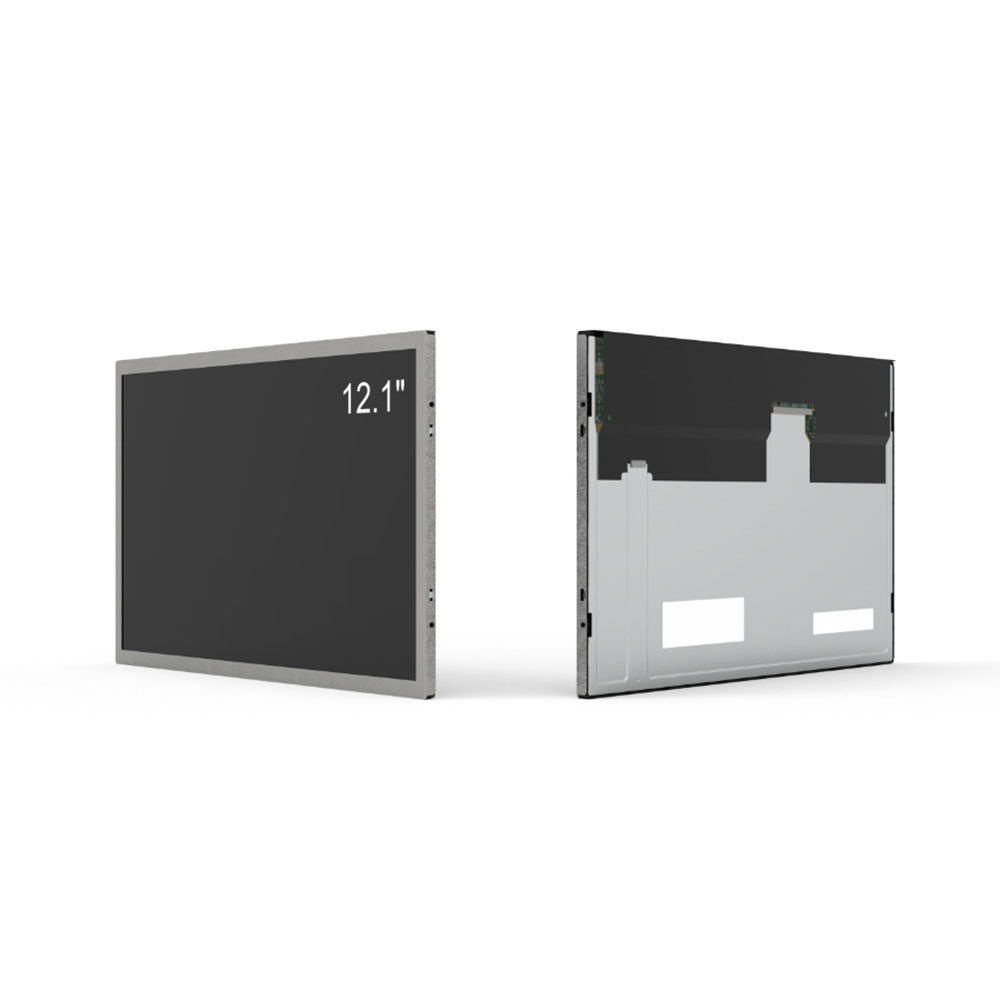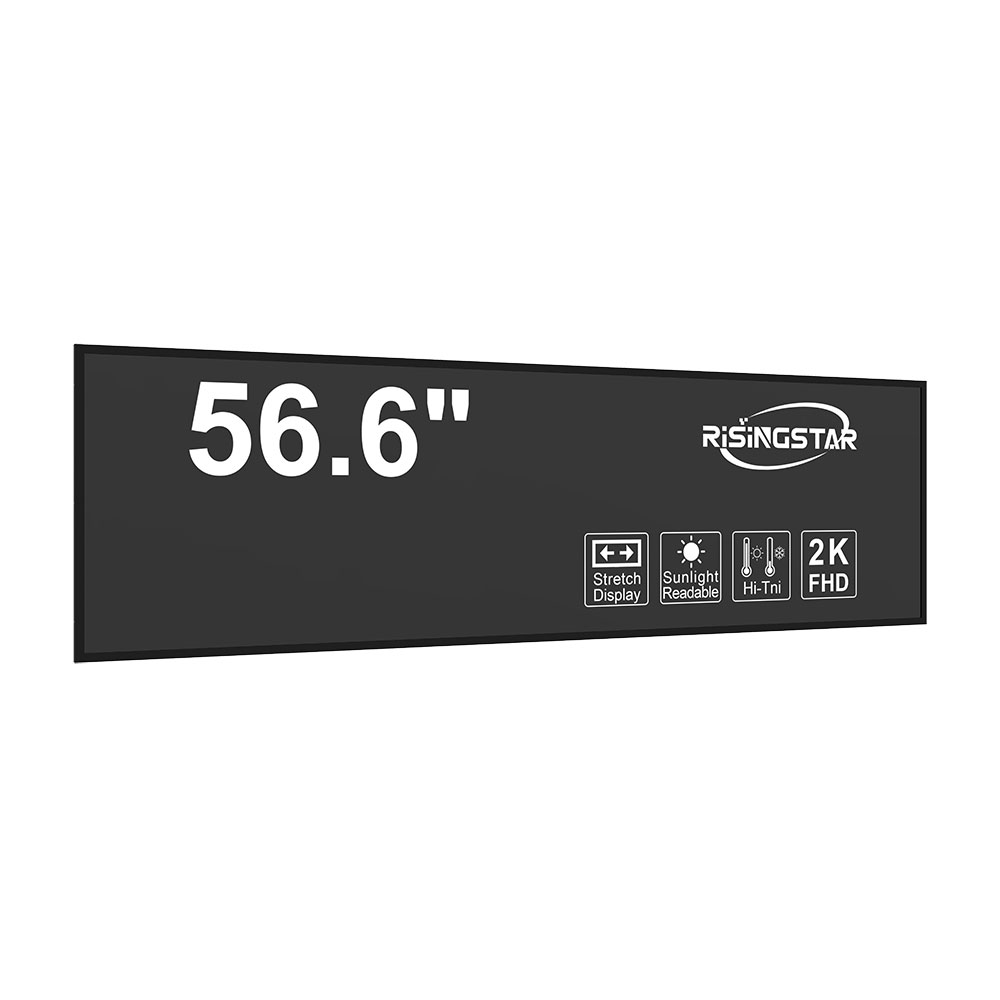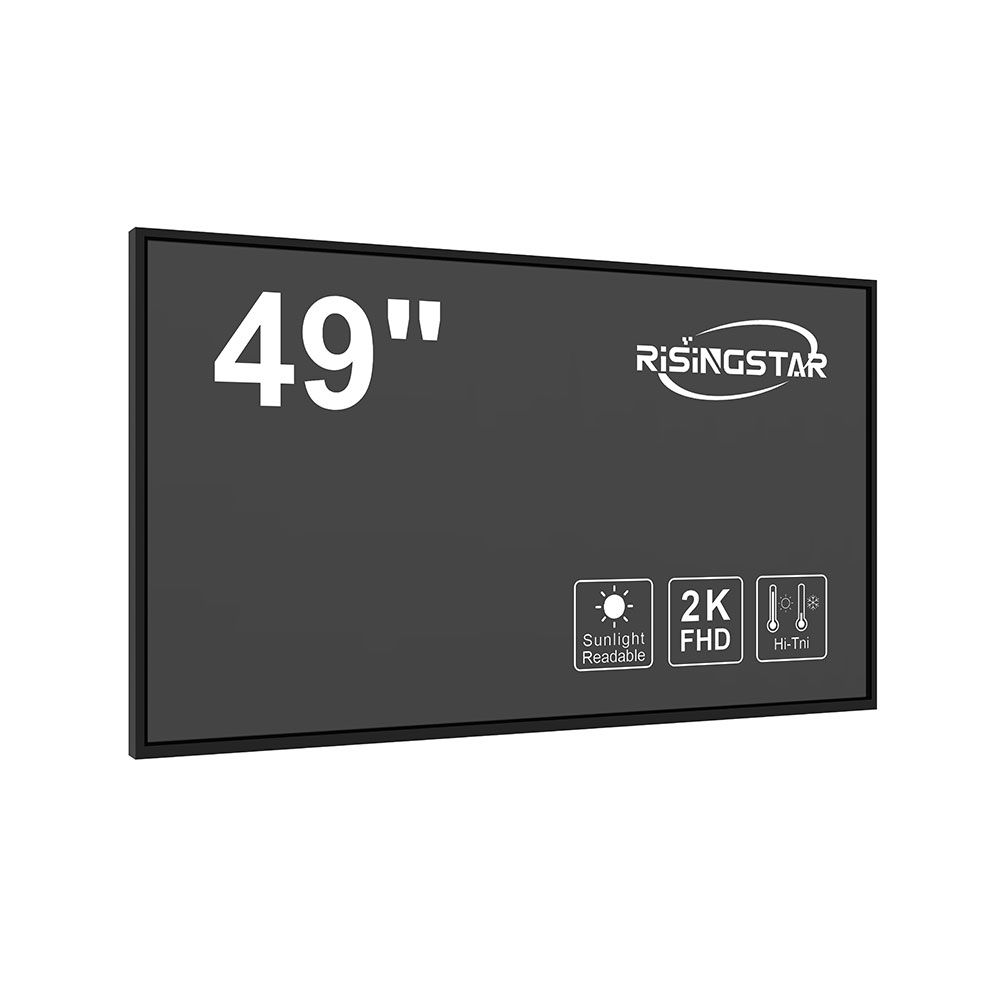- Hjem
- Om os
- Produkter
- Nyheder
- Videoer
- Kontakt
- Send forespørgsel
Søg
- Hjem
- Om os
- Produkter
- Nyheder
- Videoer
- Kontakt
- Send forespørgsel

In today’s rapidly evolving transportation infrastructure, passenger information displays (PIDs) have become essential components of modern transit systems, offering real-time updates on schedules, delays, platform assignments, and safety alerts. Among the most reliable and high-performing solutions available are outdoor high-brightness LCD displays—engineered specifically for visibility under extreme environmental conditions, including direct sunlight, rain, snow, and temperature extremes ranging from -30°C to +60°C.
These displays, often referred to as “transit-grade” or “outdoor-rated” screens, typically feature luminance levels between 5,000 and 10,000 nits—far exceeding the standard 300–500 nits found in indoor consumer displays. This brightness ensures clear readability even in full daylight, which is critical for airports, bus stations, train platforms, and metro systems where passengers rely on visual cues to navigate efficiently.

The technology behind these displays includes advanced anti-glare coatings, IP65 or higher ingress protection ratings, and ruggedized aluminum housings designed to withstand vibration, dust, and moisture. Many systems also integrate smart sensors for automatic brightness adjustment based on ambient light levels—a key energy-saving and user-experience enhancement. According to a 2023 report by the International Association of Public Transport (UITP), over 70% of major cities in Europe and North America have upgraded their PID systems to include high-brightness outdoor LCDs within the past five years, citing improved passenger satisfaction and operational efficiency.

Case studies from London Underground, Tokyo Metro, and San Francisco MTA illustrate measurable benefits: reduced boarding errors, fewer passenger inquiries at service desks, and faster evacuation times during emergencies due to clearer messaging. In one instance, after deploying 1,200 high-brightness LCD panels across 40 stations, the Toronto Transit Commission saw a 28% reduction in customer complaints related to unclear signage—an outcome supported by independent third-party audits conducted by the Canadian Standards Association (CSA).

Moreover, modern outdoor PIDs often support digital signage integration, enabling dynamic content such as advertisements, public health messages, or event promotions alongside core transit information. This multifunctionality aligns with broader trends toward smart city development and IoT-enabled infrastructure. The use of open APIs and cloud-based content management systems (CMS) further allows transit authorities to update multiple screens simultaneously from centralized dashboards, reducing maintenance costs and increasing flexibility.
From a technical standpoint, these displays are built using industrial-grade components—including LED-backlit panels, wide viewing angles (up to 178°), and robust power management systems that can operate continuously without overheating. They comply with international standards like EN 50155 (railway applications), IEC 60068 (environmental testing), and UL 1993 (electrical safety). These certifications ensure not only durability but also compliance with global regulatory frameworks governing public transport equipment.
As urban populations grow and mobility demands increase, the need for resilient, intelligent, and accessible information systems becomes more pressing. Outdoor high-brightness LCDs represent a proven, scalable solution that meets both current and future needs of public transit networks worldwide. With ongoing innovations in AI-driven content personalization and edge computing capabilities, these displays will continue to evolve into critical pillars of sustainable, smart urban mobility ecosystems.